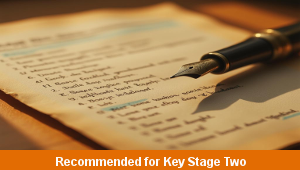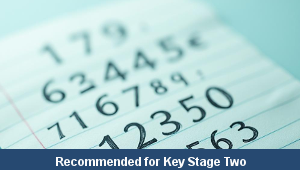Lesson Three – Animal Questions

This English teaching pack for Key Stage Two gets the children to practise using non-fiction books, dictionaries and encyclopaedias to find answers to questions about different animals that live in habitats around the world.
The class can explain and model effective ways of retrieving and recording information obtained from a non-fiction text about a range of different animals.
Download this teaching pack including a lesson plan, classroom activities and an interactive presentation to teach the children to practise using non-fiction books, dictionaries and encyclopaedias to find answers to questions about different animals that live in habitats around the world
Activities in this teaching pack include a set of differentiated worksheets to research answers to questions and facts and information about vocabulary words about different animals that can be found in habitats around the world by using a range of non-fiction texts.
The interactive presentation gets the children to investigate how to use non-fiction books, dictionaries and encyclopaedias to find answers to questions about different animals.
This lesson is part of an English scheme of work to get the children to explore and record the structure of alphabetically ordered texts using encyclopaedia entries about different animals. There are teaching activities for shared learning, differentiated worksheets to support independent learning and interactive presentations to introduce concepts and key skills.
-

Determinant Lists
Explain and model how to make lists of objects used and found in different locations to match the correct determinants of a and an
-

English SPAG Assessment
Assess abilities in composing sentences for fiction and non-fiction using the correct spellings, punctuation marks and grammar vocabulary phrases
-

Maths Arithmetic Assessment
Assess abilities in solving arithmetic number problems for addition, subtraction, multiplication and division when working with informal and formal written calculations
-

Environment
Identify and describe some of the special landscapes and locations that can be found in the world and reflect on how they can be protected and preserved for the future
